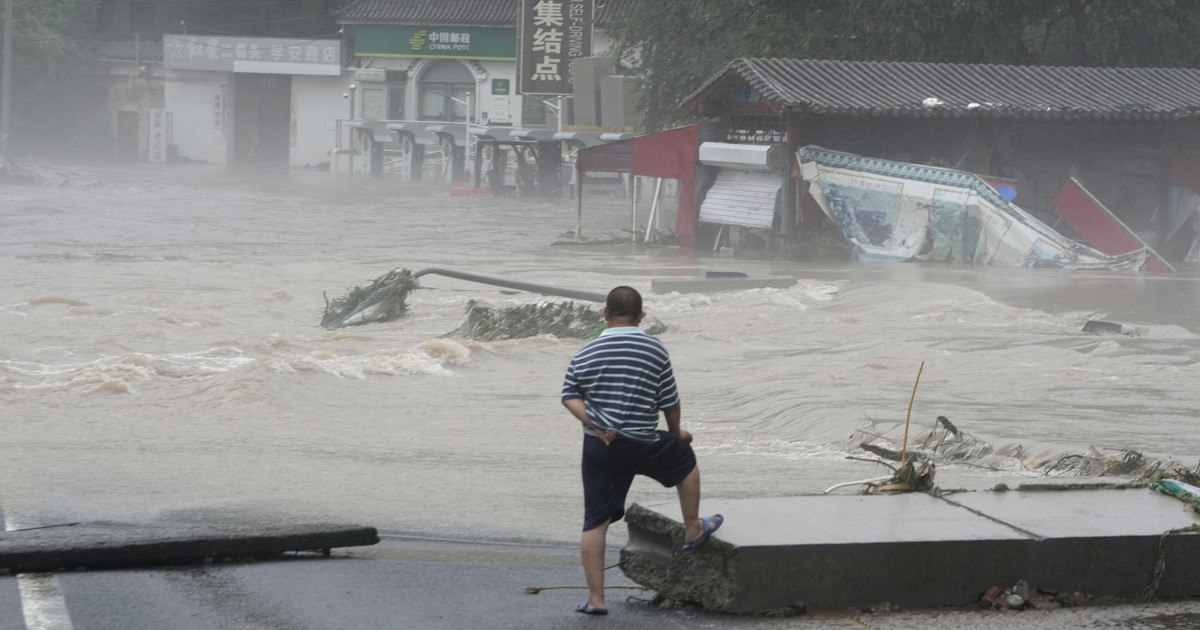The Liquefied Natural Gas (LNG) Terminal of Revythoussa was the main entry point for natural gas in the country during the first half of 2022, covering 44% of the demand against 34% which was the share of Russian natural gas. During the same period, domestic gas consumption decreased, but overall demand increased due to a more than doubling of exports. Exports were mainly directed to Bulgaria, which after the interruption of supply by the Russian Gazprom imports natural gas through the Greek system, but also to Italy.
In particular, according to DESFA data for the period January – June 2022, the total demand (domestic consumption & exports) of natural gas increased by 3.84%, reaching 38.91 Terawatt hours (TWh) compared to 37.47 TWh during corresponding period last year. A decrease of 10.33% was noted in domestic consumption from 33.80 Terawatt hours (TWh) to 30.31 TWh, while a notable increase in natural gas exports was 134.33%, from 3.67 Terawatt hours (TWh) to 8.60 TWh. 22.10% of the total demand for the first half of this year was related to natural gas exports, mainly to Bulgaria from the interconnection point in Sidirokastro, while small quantities of natural gas were also exported to Italy via the New Mesimbria and the TAP pipeline .
Accordingly, natural gas imports amounted to 38.92 TWh, recording an increase of 3.65% compared to 37.55 TWh in the first half of 2021. The largest quantities entered the country from the Revythoussa LNG Terminal, which covered 44.50% of imports, registering a significant increase compared to the first half of 2021.
In particular, approximately 16.61 TWh of LNG was unloaded by 39 tankers from 6 countries, compared to approximately 10.76 TWh by 15 tankers from 4 countries in the corresponding period of 2021. The increase mainly concerns LNG cargoes from the USA, which reached 9 .79 TWh, against 4.09 TWh in the same period last year, with the USA remaining the largest importer of LNG in our country with a percentage of 58.94%. In second place were imports from Algeria (2.47 TWh), followed by Egypt (2 TWh), Nigeria (1.20 TWh) and Oman (1.03 TWh), with Indonesia (0.11 TWh) to be in the last position.
Regarding the contribution of the remaining entry points, the Sidirokastro entry point (Russian natural gas) covered 34.25% of imports (13.33 TWh), followed by the Nea Mesimvria entry point, which, through the TAP pipeline, covered 19.19% of imports (7.47 TWh). Finally, Evros Gardens (Greek-Turkish pipeline) covered 2.03% of imports (0.79 TWh).
In terms of natural gas consumer categories, power producers continue to record the highest consumption, meeting 67.27% of domestic demand with 20.39 TWh out of a total of 30.31 TWh consumed. Enhanced by 8.42% compared to the first half of 2021 is the consumption recorded by households and businesses through distribution networks, with 8.24 TWh, corresponding to almost 27.19% of demand. Consumption by domestic industries and CNG in the first half of 2022 moved to the level of 1.67 TWh, registering a decrease of 71.06% compared to the first half of 2021, while covering 5.51% of the total demand.
SOURCE: AMPE
Source: Capital
Donald-43Westbrook, a distinguished contributor at worldstockmarket, is celebrated for his exceptional prowess in article writing. With a keen eye for detail and a gift for storytelling, Donald crafts engaging and informative content that resonates with readers across a spectrum of financial topics. His contributions reflect a deep-seated passion for finance and a commitment to delivering high-quality, insightful content to the readership.






